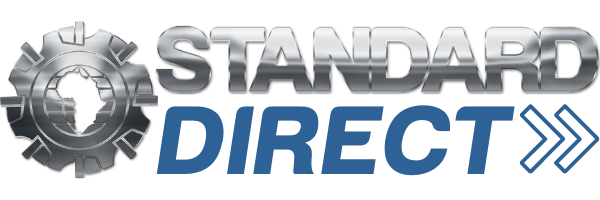Miraco 3d Scanner now under $2000...
Miraco 3d Scanner now under $2000...
Standard SSR-60HHV Hydraulic Horizontal and Vertical Section Roller.
A hydraulic horizontal and vertical section roller is a machine used for rolling metal sheets. It is comprised of two rollers, one horizontal and one vertical, that can be controlled independently by hydraulic cylinders. The rollers are used to shape metal sheets into specific curves or shapes by applying pressure through the cylinders. The machine can be adjusted to roll metal sheets in both horizontal and vertical orientations, making it a versatile tool for metal fabrication.
Special Rollers (Available on Request):
Delivery is 8-12 Weeks from Deposit
To use a hydraulic horizontal and vertical section roller, you can follow these steps:
Prepare the metal sheet: Clean the metal sheet and ensure that it is of the correct size and thickness for the desired finished product.
Set the machine parameters: Adjust the position of the rollers and set the pressure for the hydraulic cylinders.
Load the metal sheet: Place the metal sheet between the rollers, making sure it is aligned properly.
Start rolling: Turn on the machine and activate the hydraulic cylinders to start rolling the metal sheet. You can use the horizontal roller first and then the vertical roller to achieve the desired shape.
Monitor the process: Observe the metal sheet as it is being rolled to ensure it is forming the correct shape and to check for any issues such as cracks or deformations.
Adjust as needed: If necessary, stop the machine and adjust the parameters or position of the rollers to improve the shape of the metal sheet.
Repeat the process as needed: Repeat the process as many times as necessary to achieve the desired final shape for the metal sheet.
Remove the finished product: Once you have achieved the desired shape, remove the metal sheet from the machine and inspect it for any defects.
*Information shown may differ or change without warning*
Machine Specialists
International Sales
Online Support
Superiors Quality Products
Standard SSR-60HHV Hydraulic Horizontal and Vertical Section Roller.
A hydraulic horizontal and vertical section roller is a machine used for rolling metal sheets. It is comprised of two rollers, one horizontal and one vertical, that can be controlled independently by hydraulic cylinders. The rollers are used to shape metal sheets into specific curves or shapes by applying pressure through the cylinders. The machine can be adjusted to roll metal sheets in both horizontal and vertical orientations, making it a versatile tool for metal fabrication.
Special Rollers (Available on Request):
Delivery is 8-12 Weeks from Deposit
To use a hydraulic horizontal and vertical section roller, you can follow these steps:
Prepare the metal sheet: Clean the metal sheet and ensure that it is of the correct size and thickness for the desired finished product.
Set the machine parameters: Adjust the position of the rollers and set the pressure for the hydraulic cylinders.
Load the metal sheet: Place the metal sheet between the rollers, making sure it is aligned properly.
Start rolling: Turn on the machine and activate the hydraulic cylinders to start rolling the metal sheet. You can use the horizontal roller first and then the vertical roller to achieve the desired shape.
Monitor the process: Observe the metal sheet as it is being rolled to ensure it is forming the correct shape and to check for any issues such as cracks or deformations.
Adjust as needed: If necessary, stop the machine and adjust the parameters or position of the rollers to improve the shape of the metal sheet.
Repeat the process as needed: Repeat the process as many times as necessary to achieve the desired final shape for the metal sheet.
Remove the finished product: Once you have achieved the desired shape, remove the metal sheet from the machine and inspect it for any defects.
*Information shown may differ or change without warning*
